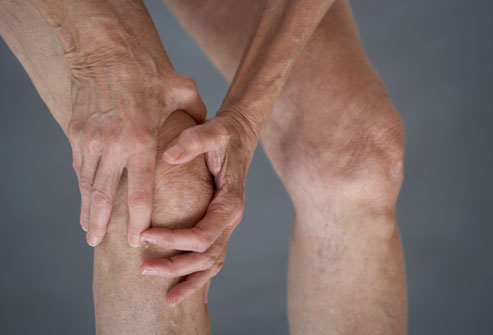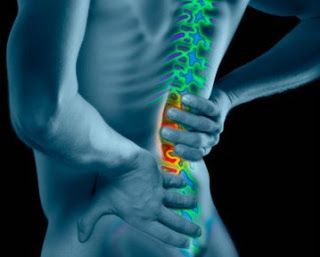
Considered one of the common types of arthritis, osteoarthritis (OA) affects more than 25 million adults.
And that statistics is just in the United States alone.
Otherwise known as wear-and-tear arthritis, degenerative joint disease, and degenerative arthritis, osteoarthritis is common among the elderly.
If truth be told, one third of the adults that are over 65 years of age have been afflicted with osteoarthritis.
Essentially, OA develops when the cartilage covering the joint breaks down.
In most cases, the damage is attributed to age and repeated movements.
While osteoarthritis can develop in any joint, oftentimes, it affects the joints situated in the knees, hips, spine, and hands.
Pain and stiffness are considered the most common symptoms of the condition.
Fortunately, while the condition becomes more prevalent as one ages, it should not be considered an inevitable part of aging.
To help ensure osteoarthritis is kept at bay, below are some of the essential tips that should be kept in mind:
Exercise
When the muscles situated along the front of the thigh get weak, the risk of knee osteoarthritis developing becomes increasingly higher.
Thankfully, even a minimal increase in muscle strength can already significantly reduce the risk.
To ensure the quadriceps are strengthened, isometric moves and wall slides are recommended.
If pain is experienced after exercise, using heat or cold therapy and taking pain relievers would help.
In addition, it is advisable to do only exercises that do not put any strain or stress on the joints.
Ideal exercises include bicycling, swimming, and other water exercises.
Weight Control
For those who want to keep osteoarthritis at bay, maintaining a healthy weight is considered a must.
For those who are obese, losing the excess weight is necessary to significantly reduce the chances of the condition developing.
While not many may be aware of it, obesity is known as one of the risk factors for the condition.
In fact, statistics show that those who are obese are four times more likely to develop the condition compared to non-obese individuals.
The excess weight puts strain on the joints especially those that bear the body’s weight like the feet, hips, and knees.
A 5 percent weight loss can already decrease the stress on the lower back, knees, and hips significantly.
Eat Right
While there has been no specific diet that has been proven to prevent osteoarthritis, some nutrients are believed to help reduce the risk.
Some of these nutrients include:
Vitamin D
Certain studies indicate that the condition’s progression is more likely in people with a high level of Vitamin D in the blood. Food sources that contain Vitamin D include fatty fishes like herring, mackerel, tuna, and sardines.
Vitamin C
Moderate intake of vitamin C (120 to 200 mg per day) can significantly reduce the risk of developing osteoarthritis by at least threefold. Common sources of vitamin C includes tomatoes, citrus fruits, strawberries, broccoli, and other leafy greens.
Omega-3 fatty acids
Healthy fats have been proven to help reduce joint inflammation. Good sources of healthy omega-3 fatty acids include flaxseed, olive, soybean, and walnut.
Have injuries treated immediately.
A joint injury that is left untreated can predispose one to developing osteoarthritis.
Studies even show that those who have injured their knees while in their teens are more likely to develop the condition compared to those who have not had any joint injury.
To help ensure joint injuries when exercising or doing sports are avoided, the following tips should be kept in mind:
- When doing half knee bends, ensure the knees are not bended past 90 degrees.
- When doing stretches, keep the feet as flat as possible so knee twists are avoided.
- When jumping, ensure your knees are bent when landing.
- Before participating in any sports, make sure to do warm-up exercises.
For help with management and treatment of osteoarthritis, please visit www.bjios.sg now.
